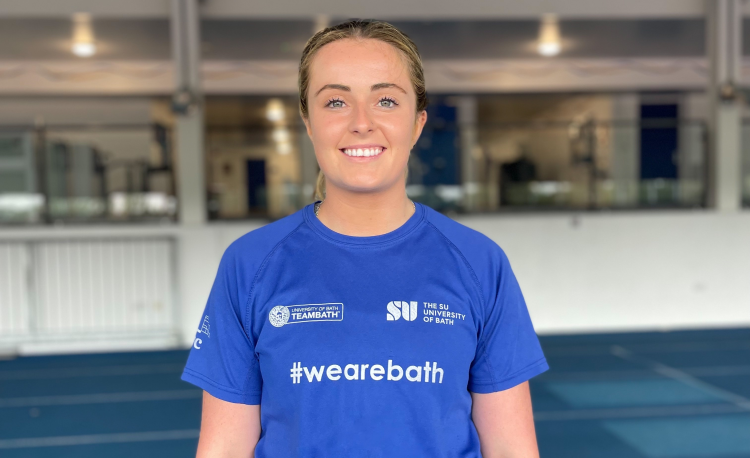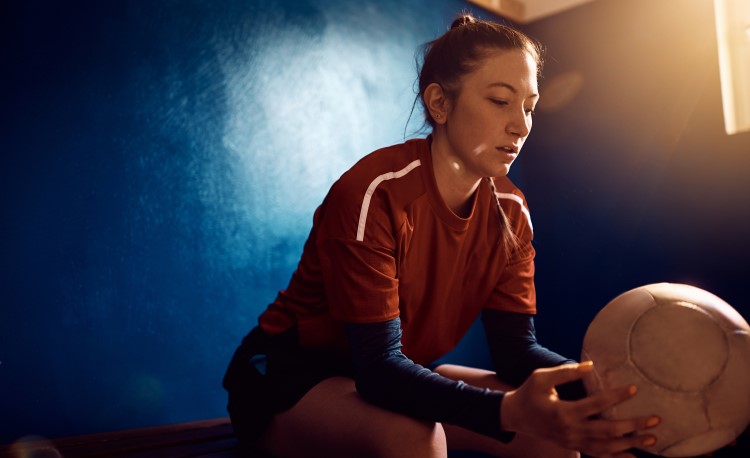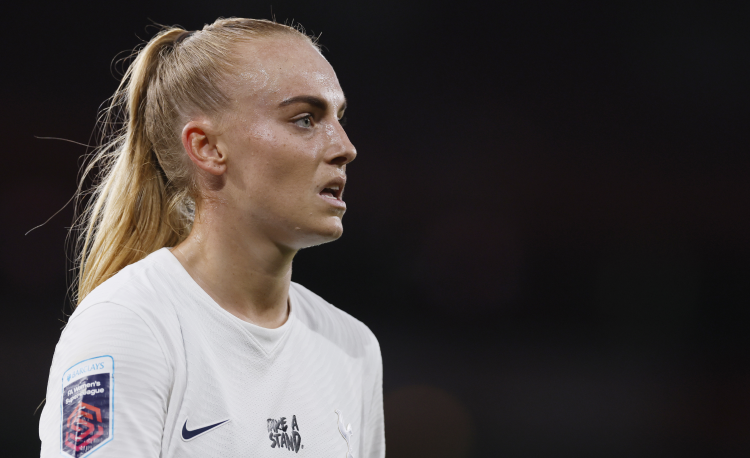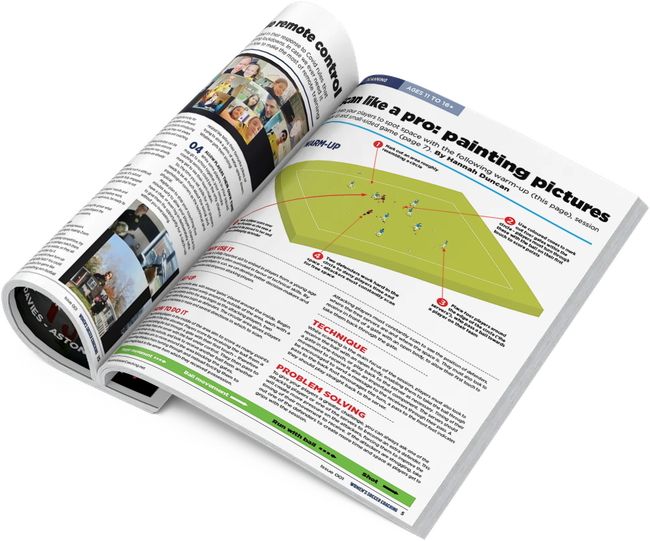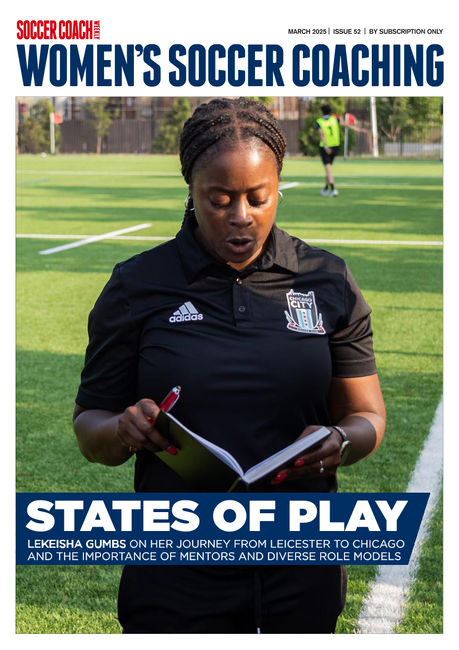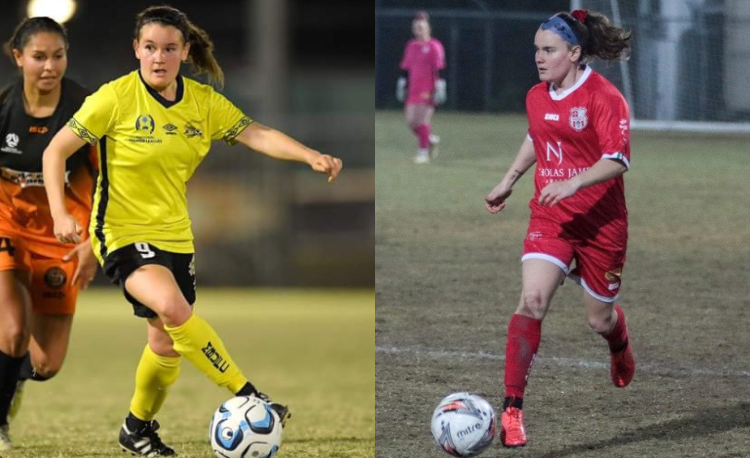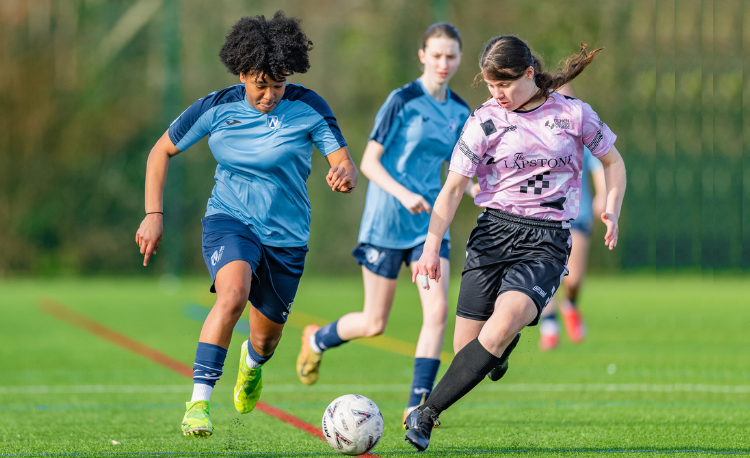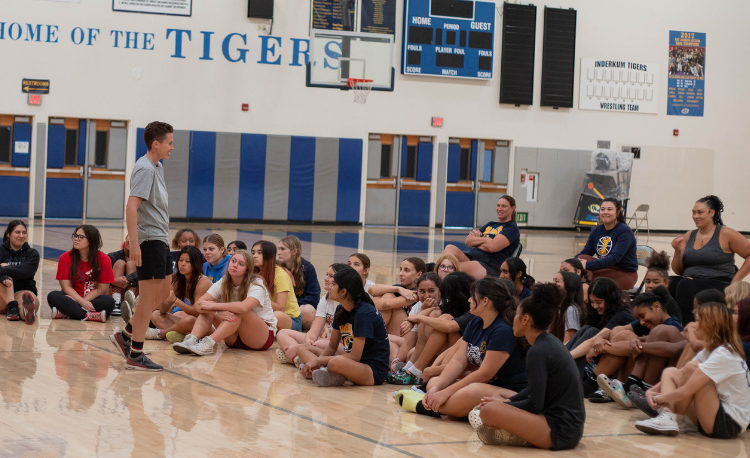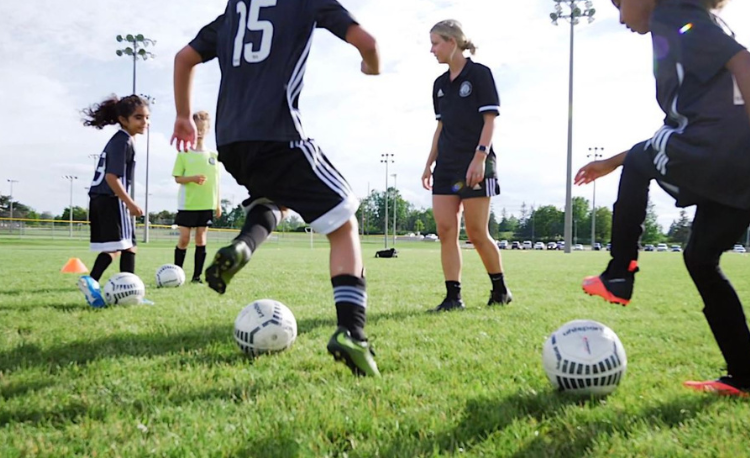You are viewing
2 of your 3 free articles
Eating disorder? Or disordered eating?
Dr Rebecca Robinson on the subtle differences between the two terms - and the role of a coach in helping players who may be struggling.
Eating disorders have classifications according to their presentations including, but not limited to, anorexia, bulimia, orthorexic and a category called EDNOS (eating disorder not otherwise specified).
This group of disorders are usually characterised by at least one of the following:
- Obsessive thoughts about food
- Extreme concerns about calories
- Changes in weight
- Obsessive thoughts around body shape
- Binging, purging, obsessive exercising, or other behaviours that can be harmful to health
The phrase ’disordered eating’ refers to altered eating behaviours for reasons other than fueling or hunger, such as an emotional response, or for weight management in sports that are aesthetic or weight-limited, such as bodybuilding or boxing.
Disordered eating can involve calorie restriction or binging, avoiding certain foods or having restrictions to specific foods.
Disordered eating and eating disorders can overlap and it is important to see a qualified health professional – a medical doctor, psychiatrist or dietician – to help identify the correct diagnosis.
Why disordered eating can be a risk in soccer players
Playing sport at any level can mean we eat at unusual times - and, as someone improves in a sport, they will have higher dietary needs from all the major food groups than a non-athlete their age.
Fitting in the right type of food at the right time takes effort and, while this isn’t a disorder, it can be tricky to manage in a busy lifestyle.
As players progress towards higher tiers of a sport, it is not unusual to look for perfection - and some forms of perfectionism will lead athletes to control food to try to be leaner and fit a certain idea of athleticism. Trying to be the best can sometimes tip over into a level of control that is unhealthy.
For some athletes, the stress of high-level sport - from getting selected and performing to the external pressures of fans and social media - can show itself in mental illness.
Eating disorders are one example of this. At first, a player feels they are controlling their nutrition and weight - but with an eating disorder, eventually the disorder controls the person affected by it.
“Disordered eating can involve calorie restriction or avoiding certain foods...”
Signs a player may have disordered eating or an eating disorder
Players at risk may be those who become more focused on their physique or aesthetic than on their performance.
They may comment negatively on their appearance. They may be excluding or avoiding certain foods or eating alone.
Players who are binging might buy larger quantities of food. Players who are restrictive may lose weight - but this isn’t always obvious.
The role of the coach
A coach has an important role to play in helping players with disordered eating or eating disorders.
Coaches are in a unique position, as leaders, teachers and confidants, to help players across three phases:
- Identification: Identifying that there is an issue and that the player may need some help. The player may have identified the issue themselves, and may need advice on what do to about it - or coaches or other prominent people in the player’s life may have spotted some signs.
- Support: If the player is aware that they have an eating disorder, or are struggling with disordered eating, they will need some support on how to manage this.
- Return to play: Players may have to take time out to get better. When they return to play, this should be managed appropriately.
Related Files
Newsletter Sign Up
Newsletter Sign Up
Discover the simple way to become a more effective, more successful soccer coach
In a recent survey 89% of subscribers said Women's Soccer Coaching makes them more confident, 91% said Women's Soccer Coaching makes them a more effective coach and 93% said Women's Soccer Coaching makes them more inspired.
*includes 3 coaching manuals
Get Inspired
All the latest techniques and approaches
Women's Soccer Coaching offers proven and easy to use soccer drills, coaching sessions, practice plans, small-sided games, warm-ups, training tips and advice.
We've been at the cutting edge of soccer coaching since we launched Soccer Coach Weekly in 2007, creating resources for the grassroots youth coach, following best practice from around the world and insights from the professional game.
